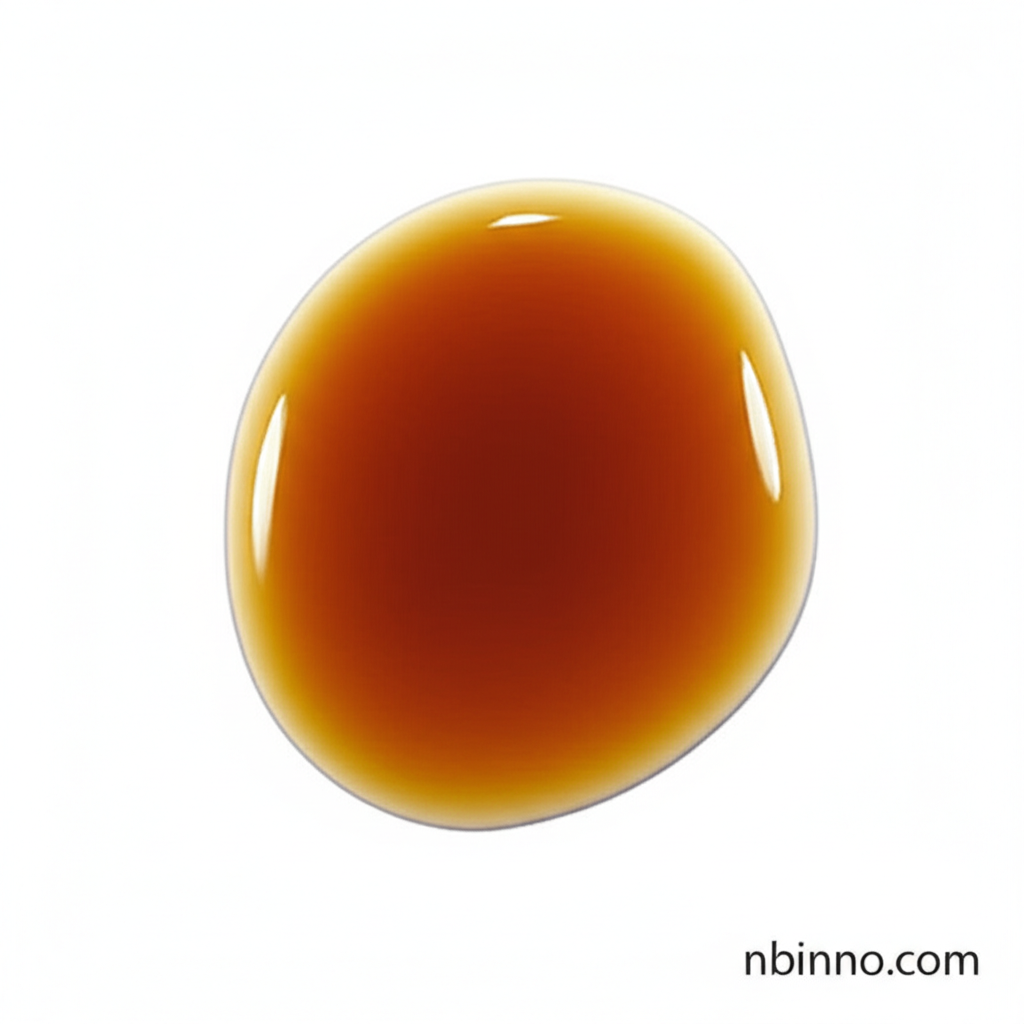Key Insights into 3-Methyl-2-(4-Chlorophenyl)Butyryl Chloride
Discover the essential properties and applications of this vital pesticide intermediate for agrochemical synthesis.
Get a Quote & SampleProduct Core Value

3-Methyl-2-(4-Chlorophenyl)Butyryl Chloride
This compound serves as a critical building block in the synthesis of various agrochemicals, most notably as a key intermediate for the production of the insecticide Phenvalerate. Its specific chemical structure and reactivity make it indispensable for creating effective pest control agents.
- Explore the crucial role of 3-Methyl-2-(4-chlorophenyl)butyryl chloride synthesis in the agrochemical sector. Its production is vital for meeting the demands of modern agriculture.
- Leverage the known properties of 2-(4-Chlorophenyl)-3-methylbutanoyl chloride to optimize your chemical manufacturing processes.
- Discover the primary uses of 3-Methyl-2-(4-chlorophenyl)butyryl chloride in creating high-performance insecticides like Phenvalerate.
- Investigate the specifications and applications for this essential pesticide intermediate with CAS No. 51631-50-6.
Advantages Offered
High Purity and Assay
With an assay of ≥98.0%, this product ensures reliable outcomes in your complex organic synthesis processes, crucial for demanding applications.
Versatile Intermediate
As a vital pesticide intermediate, it enables the efficient production of key agrochemicals, contributing to crop protection and food security.
Controlled Storage and Handling
Proper storage in cool, dry, and well-ventilated conditions ensures product stability and performance, minimizing degradation.
Key Applications
Insecticide Synthesis
This compound is extensively used as a pesticide intermediate, primarily in the synthesis of the insecticide Phenvalerate, playing a vital role in pest management solutions.
Agrochemical Manufacturing
Its application extends to broader agrochemical manufacturing, where it serves as a fundamental building block for various crop protection agents.
Organic Synthesis
In organic synthesis, it is valued for its specific reactivity, facilitating complex molecular construction for fine chemicals and specialty materials.
Chemical Research and Development
Used in R&D to explore new synthetic pathways and develop novel compounds within the chemical and agricultural industries.
